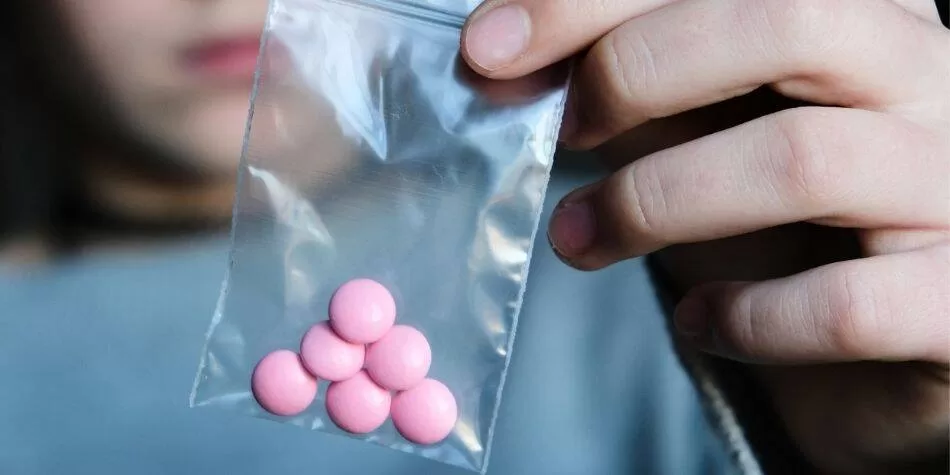(Keep reading: Fentanyl: Is the country’s public health at risk from this drug?)
One of them, which serves as an example and which in fact is one of the most popular today, is “tusi”, or pink cocaine, named for the large quantities in which it is found and for the effects it generates on consumers; Its production has a bit of everything, it is a “cocktail” in which clandestine manufacturers seek to produce the product and make it profitable, and they even have substances that are not controlled drugs in the country or that are easy to obtain in any drugstore.
One of them, which serves as an example and which in fact is one of the most popular today, is “tusi”, or pink cocaine, named for the large quantities in which it is found.
In the 146 samples taken, 3 large groups of drugs were found: ketamine, methamphetamine and ecstasy, which were often mixed to enhance the effect.
In addition, within the nearly 32 substances – which include the aforementioned commonly used drugs – there are also some very similar to ketamine, which manufacturers use to deceive the authorities, since they are not auditable or imputable compounds, and after they “pass” they are used to render ketamine and make drugs like tusi.
According to the Acción Técnica Social corporation, which works to improve drug policies in Colombia, the tusi that circulates in the country only has 20% of 2-CB, the chemical compound that gives it its name, and the rest are foreign substances.
“Colorimetry is a method that the authorities use to detect cocaine and other natural drugs, and that surely many have seen in programs such as Alerta Aeropuerto, but it does not identify the new synthetic drugs, due, among other things, to the fact that in production, many similar chemical compounds are used”, explains the researcher.
For this reason, this first characterization supported by UNAL is essential for the profiling of new drugs and their components. For this, the technique of “liquid and gas chromatography coupled with high-resolution mass spectrometry” was used, which is one of the most used in these analyses.
(You may be interested in: Why are addictions growing among older adults?)
“These devices make it easier to see the ‘fingerprint’ of the substances with which synthetic drugs are produced, to then make a correlation in statistical programs such as Rstudio, in which, depending on what is found, scales are made that show the order and the amount of each substance”, says the master’s degree in Chemistry from UNAL.
He adds that “one of the possible explanations for the excessive and unregulated use of ketamine – the main compound used to make tusi – would be the distribution routes from Asian countries, where the product is made and sold easily and economic.
“Consumers of these drugs do not take into account that although a dose may be harmless, they really do not know what they are exposing themselves to, since they are a cocktail of unknown substances; It’s like when people self-medicate, but at a much higher and riskier level.”indica.
An important part of the characterization is to contribute to the design and implementation of better standards and regulations for this type of medication, since for manufacturers of synthetic drugs they become the possibility of having a more addictive product and increasing their profits.

